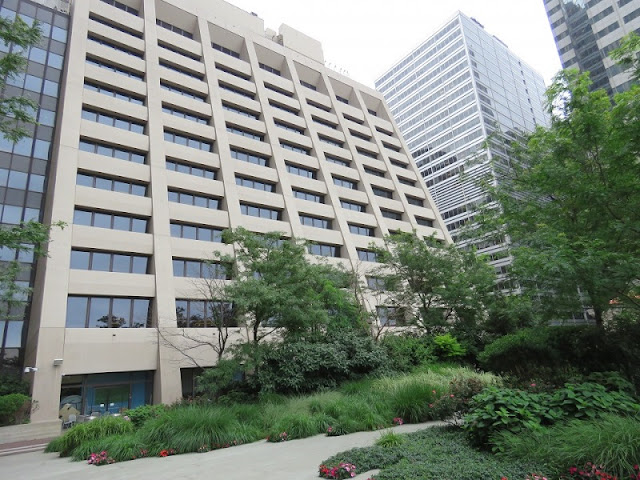The Castle-in-the-Air Theory
The pros in the investment community have used one of two approaches to assent valuation: the “firm-foundation theory” or the “castle-in-the-air theory”. Millions have been gained and lost in these two categories. To add to the drama, these two theories appear to be mutually exclusive, but the understanding of these two theories is essential if you are to make sensible investment decisions.
The Castle-in-the-Air theory of investing concentrates on psychic values. Lord Keynes, a famous economist and outstandingly successful investor, enunciated the theory most lucidly in 1930. It was his opinion that professional investors prefer to devote their energies not to estimating intrinsic values, but rather to analyzing how the crowd if investors is likely to behave in the future and how during periods of optimism they tend to build their hopes into castles in the air. The successful investor tries to beat the gun by estimating what investment situations are most susceptible to public castle-building and then buying before the crowd.
According to Keynes, the firm-foundation theory involves too much work and is of doubtful value. Keynes practiced what he preached. While London’s financial man toiled many weary hours in crowded offices, he played the market from his bed for half an hour each morning. This leisurely method of investing earned him several million pounds for his account and a tenfold increase in the market value of the endowment of his college, King’s College, Cambridge.
In the depression years in which Keynes gained his fame, most people concentrated on his ideas for stimulation the economy. It was hard for anyone to build castles in the air or to dream that others would. Nevertheless, in his book The General Theory of Employment, Interest and Money, he devoted an entire chapter to the stock market and to the importance of investor expectations.
 |
| House on the rocky ground. A thing is worth only what someone else will pay for it. Illustration: Megan Jorgensen (Elena) |
With regard to stocks, Keynes noted that no one knows for sure what will influence future earnings prospects and dividend payments. As a result, Keynes said, most persons are “largely concerned, not with making superior long-term forecasts of the probable yield of an investment over its whole life, but with foreseeing changes in the conventional basis of valuation a short time ahead of the general public.” Keynes, in other words, applied psychological principles rather than financial evaluation, to the study of the stock market. He wrote, “it is not sensible to pay 25 for an investment of which you believe the prospective yield to justify a value of 30, if you also believe that the market will value it at 20 three months hence”.
Keynes described the playing of the stock market in terms readily understandable by his fellow Englishmen: It is analogous to entering a newspaper beauty-judging contest in which you have to select the six prettiest faces out of a hundred photographs, with the prize going to the person whose selections most nearly conform to those of a group as a whole.
The smart player recognizes that personal criteria of beauty are irrelevant in determining the contest winner. A better strategy is to select those faces the other players are likely to fancy. This logic tends to snowball. After all, the other contestants are likely to play the game with at least as keen a perception. Thus the optimal strategy is not to pick those faces the player thinks are prettiest, or those the other players are likely to fancy, but rather to predict what the average opinion is likely to be about what the average opinion will be, or proceed even further along this sequence.
The newspaper-contest analogy represents the ultimate form of the castle-in-the-air theory of price determination. An investment is worth a certain price to a buyer because he expects to sell it to someone else at a higher price. The investment, in other words, holds itself up by its own bootstraps. The new buyer in turn anticipates that future buyers will assign a still-higher value.
In this kind of world there is a sucker born every minute – and he exists to buy your investments at a higher price than you paid for them. Any price will do as long as others may be willing to pay more. There is no reason, only mass psychology. All the smart investor has to do, is to beat the gun – get in at the very beginning. This theory might less charitably be called the “greatest full theory”. It is perfectly all right to pay three times what something is worth as long as later on you can find some innocent to pay five time what it is worth.
The castle-in-the-air theory has many advocates, in both the financial and academic communities. Keynes`s newspaper contest is the same game played by “Adam Smith” in the Money Game. Mr. Smith also espouses the same view of stock price determination. On the academic side, Oscar Morgenstern was a leading champion. The views he expressed in Theory of Games and Economic Behavior, of which he was co-author, have had a significant impact not only on economic theory but also on national security decisions and strategic corporate planning. In 1970 he co-authored Predictability of Stock Market Prices. Here, he and his colleague Clive Granger, argued that the search for intrinsic value in stocks is a search for the will-o`-the-wisp. In an exchange economy the value of any assets depends on an actual and prospective transaction. Morgenstern believed that every investor should post the following Latin maxim above his desk: Res tantum valet quantum vendi potest (A thing is worth only what someone else will pay for it.)
No comments:
Post a Comment
You can leave you comment here. Thank you.